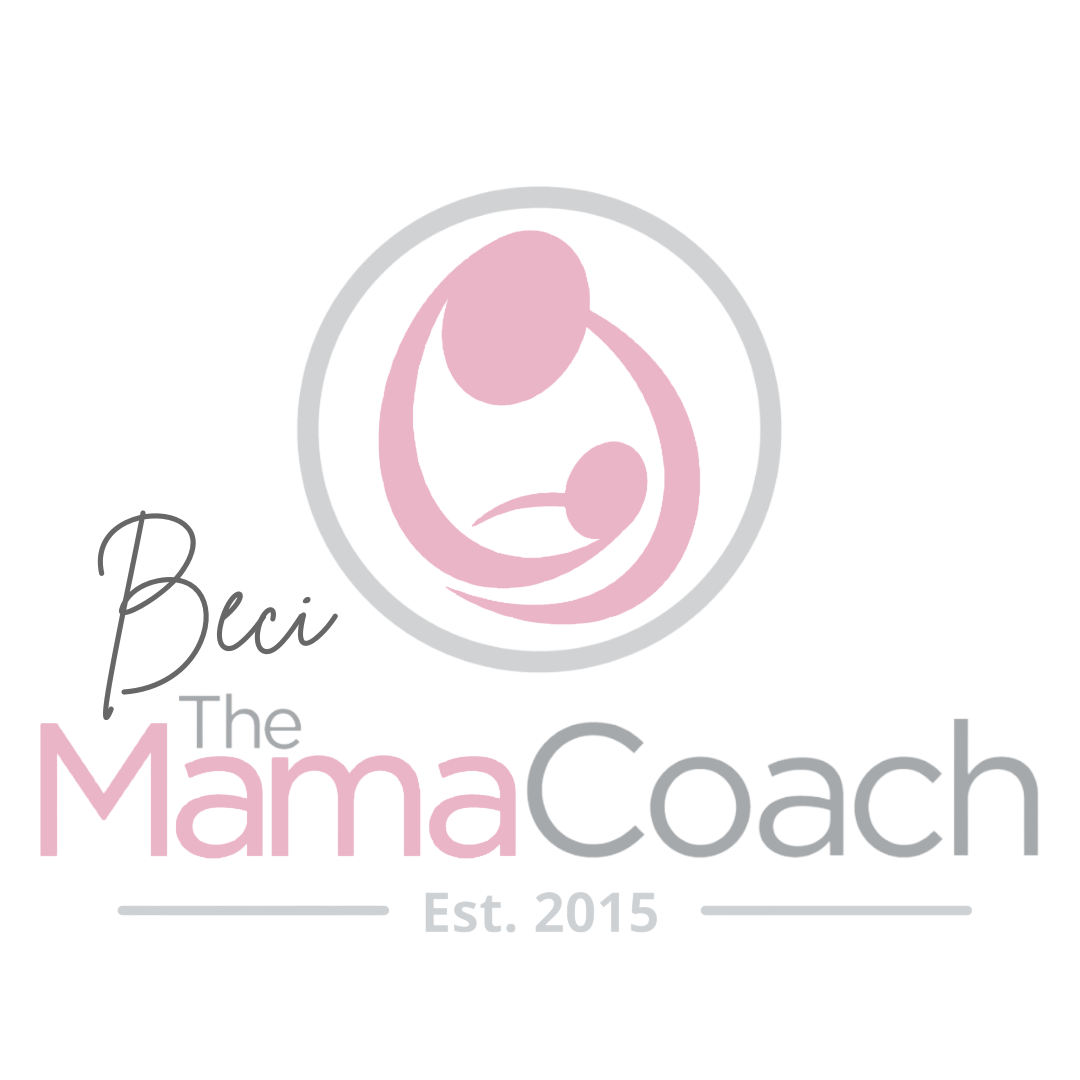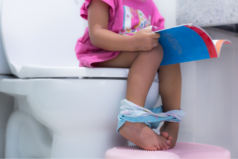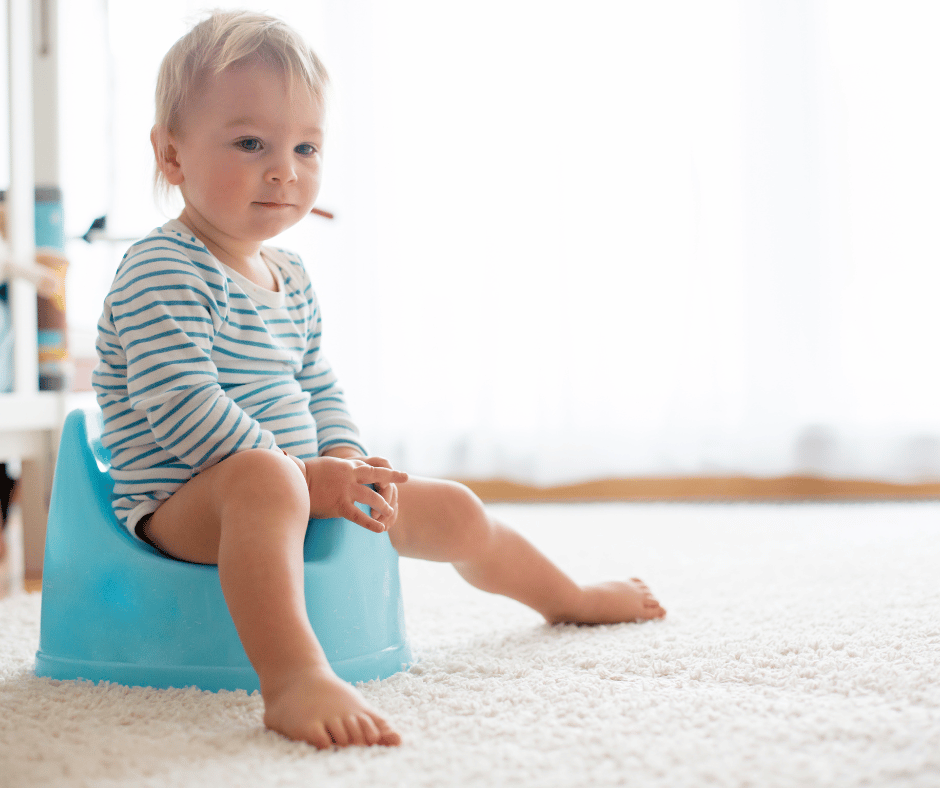So, you’ve started the preparation of toilet learning, you have your tools, you’ve been teaching them skills that will help with learning, what’s next? Practice, Practice and more Practice. Let’s look together at what that means.
The Three Simple Steps to help toilet learning happen is this:
Preparation, Practice and Stopping using Nappies.
This is Part 2 – Practicing Toilet Learning
Children can begin learning the building blocks of toilet learning from a young age, and it encourages them to get familiar with the potty once they are able to sit unaided. This could be sitting with a nappy on or off, for very short periods of time. They may just surprise you by passing urine on it once in a while. It is not about independence at this point, but more about becoming familiar with the toilet learning process. Regular short sessions will help them to feel comfortable with the potty and the surrounding environment.
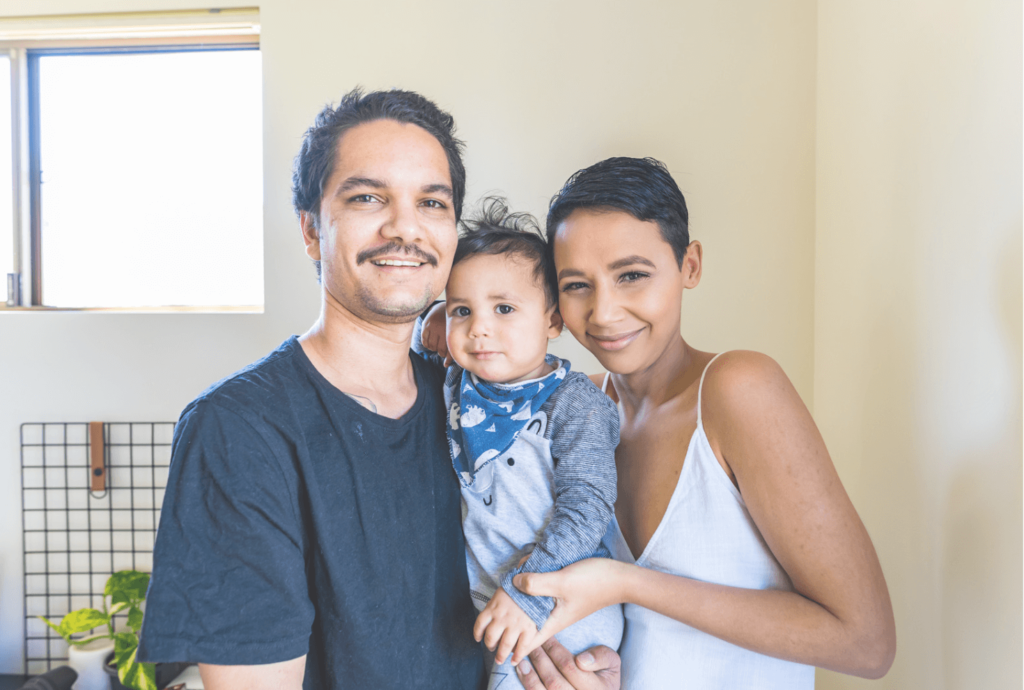
At the Mama Coach we have 2 methods of toilet learning – Parent Led and Child Led, each have their own positives and negatives, and with the help of the Mama Coach we can tailor them to meet the needs of you and your child.
Parent-Led is directed by the parent, to follow a routine, and can be followed by multiple caregivers. Whereas, Child-Led is initiated and led by the child, there is not a definite start or end time frame.
Tools for toilet learning:
- A Potty
- A Child Toilet Seat
- A Stepping Stool
- A portable/travel Potty (for out and about)
- Cloth Potty Training Pants
There are certain times within the day that we would encourage children to spend time on the potty, these include:
- After waking from sleep
- After mealtimes
- When the caregiver knows the child needs to go to the toilet
- They have the “poo or wee face”
In order to facilitate your child using the potty, first remove their nappy, help and support them to sit on the potty for a short time and use nappies for the rest of the time. Any stools or urine produced encourage the child to help with discarding it in the toilet appropriately. As they start to show independence, encourage this with toilet learning, use words and/or signs to aid communication and teach good toileting skills, such as pulling up and down underwear, using toilet tissue and washing their hands after toileting.
Toileting skills can be developed over time. There is no rush to push them into achieving this skill. By adopting gentle teaching techniques, it can help maintain healthy bladder and bowel hygiene. Help them learn as they grow, avoiding problems in the future and stop using nappies sooner. Research shows that children can begin to stop using nappies between the ages of 18-30 months.
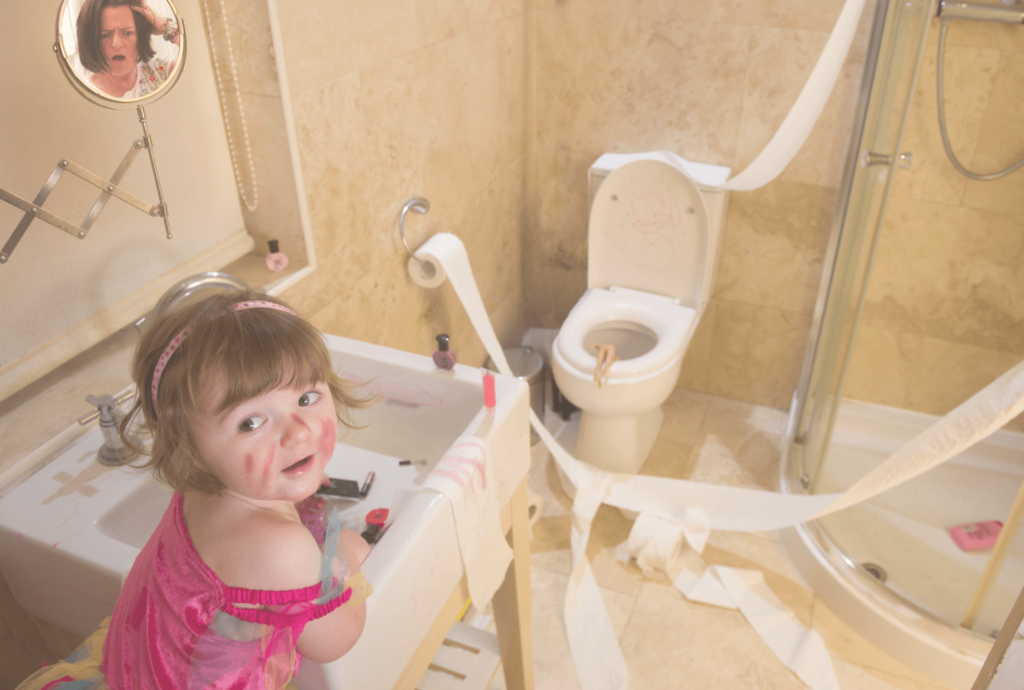
The important thing to remember when there are difficult times in toilet learning, such as when a child refuses to cooperate or they are unwell is to avoid putting pressure on them. Make it a positive experience as this will help them come back to the learning process easier and not to pressure yourself into sticking with a strict routine. Give yourself some Grace.
Once your child has had a period of practicing toilet learning, you have started recognising the signs your child displays when they need the toilet and feel ready. The next step is to stop using nappies.
If you think you are ready to start toilet learning, want support in starting your journey or have come to a bump in the road, you can find out more about the services I provide to support you here.
